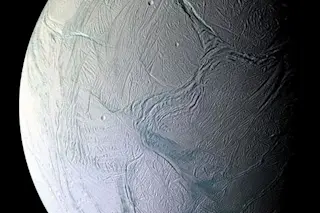Asteroids, comets and other rocky objects litter the solar system, left over from when the planets formed. Scientists study these space rocks to learn about what the early solar system was like. Now, we’re entering an era in which we can learn about alien planetary systems in the same way, thanks to interstellar comets and asteroids.
In the last few weeks, astronomers have confirmed the second known rocky object from another star zipping through our solar system. The first interstellar object ever discovered was an oddball called ‘Oumuamua, and whose behavior left some astronomers wondering whether it was an asteroid or a comet. But there’s little room for debate with this second object: It is a comet.
Its size and color make it similar to comets in our own solar system, researchers report today in Nature Astronomy.
In late August, an engineer named Gennady Borisov discovered the comet and saw ...














